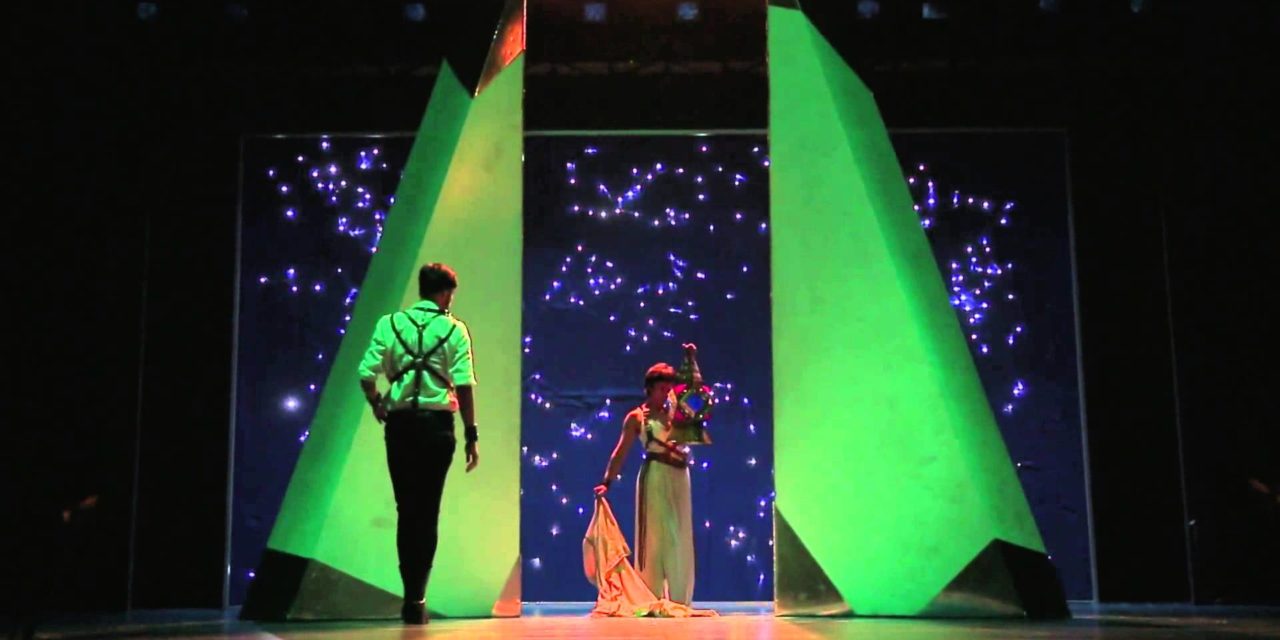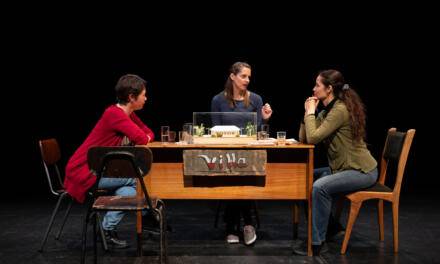Latin America Theatre Anthology: 78 Plays, Biographies, and Historical-Cultural Introductions. Collaboration between Center of Latin American Theatre Studies and the National Institute for Theatre (Argentina) Makes Possible This Accessible Online Publication.
The Anthology presents 78 short plays, produced between 1950 and 2007 in 14 Latin American countries, accompanied by historical-cultural introductions for each country and biographies of each of the included authors. The content is written by recognized specialists in Latin American theatre, from their own countries. The publication aims to give a sample of Latin American theatre and is directed to interested readers, especially teachers and researchers; it also intends to promote knowledge of this ample cultural production and to promote dialogue between the authors and the teatristas of each Latin American country.
To incorporate the audiovisual component, each volume of the Anthology includes a DVD with photos and video clips of some staging of the works. It includes authors long canonized and others of more recent consecration, particularly women and people of color. The works represent a variety of themes, issues, styles, and aesthetic proposals that show the wide and complex cultural diversity of the region and its dramaturgy.
In 2001–2, Lola Proaño and Gustavo Geirola received a National Endowment for the Humanities “Extending the Reach” Faculty Research Award to work on Latin American Theater 1950–2000: An Anthology and A Critical Reader. The editors worked for almost eight years on this project, which grew to the point of becoming almost unpublishable because of its size. However, the INT (National Theatre Institute) in Argentina decided to take on the task of printing the Anthology and published it online (2013). Consequently, three massive volumes, approximately 900 pages each, and their respective DVDs, were available for libraries, researchers, and other interested persons. Recently, based on an agreement between the INT and the CELCIT [Centro Latinoamericano de Creación e Investigación Teatral], the Anthology was published in a digital format and is available for free consultation online (14 volumes corresponding to each of the countries represented).
The project originated in the editors’ awareness that Latin American theatre had no specific place in the curricula of U.S. colleges and universities. For students interested in the topic, few courses were offered at the undergraduate level in Spanish, whether on Peninsular or on Latin American theatre. In addition, the few courses taught were always from a literary perspective, concentrating only on the written play. The shortcoming of this approach—which the Anthology aims to overcome—is that it omits the entire process of production (i.e., the relationship of the play to the cultural and political circumstances, casting, budget, the material and technological possibilities of the playhouse, methods of acting and traditions of performance, and so forth), which is crucial to understanding and interpreting the cultural and political context in which theatre is produced.
In recent publications for teaching World Theatre in the US, there are individual chapters for each European country (with the total exclusion of Spain) and long chapters on Asian theatre [China, Japan, and India] and on African theatre; however, there is no mention of Latin American theatre. More than five centuries of theatre in Spanish—whether in Spain, Latin America or other regions of the world where Spanish is spoken—have been completely marginalized and silenced, as have less canonic contemporary younger playwrights and producers.
“Traditional” Latin American theatre, with its background of Indigenous, Asian, European (mostly from Spain, Italy and France), and African cultures, privileges the body, the images, and the emotions, and emphasizes the visual, particularly movement and gestures, sometimes by using masks as a meaningful resource. In the new Latin American theatre, but specifically in what is today called “theater of intensities” / “theater of multiplicity” (Eduardo Pavlovsky) or “acting poetics” (Ricardo Bartís), the verbal component is reduced to the minimum; however, it is still a respected poetic ingredient of the entire production, integrated with the other nonverbal languages (dance, music, settings, lighting).
The visual component in Latin American theatre, in which the body is involved, is not merely decorative; scenery design is not a material way to “represent” stage directions but a free way to deal with the nonverbal aspect of the performance that many times modifies the written text. The new Latin American theatre is very experimental, not obsessed with the goal of achieving a “complete” or “obvious” meaning or interpretation of a pre-text. Today—from the 1990s to the present, and in part due to a survival strategy to confront globalization—ways of acting, directing, writing, promoting, and producing a play have greatly changed, but the experimental and risk-taking artistic dimension is still very alive. Many women have recently emerged as teatristas (playwright, actors, director, producer, all in one person), and their theatre is celebrated all over Latin America and Europe because of the new perspectives they have brought to Latin American arts.
With these ideas in mind—especially the need to complement dramaturgy with the performative aspects and socio-political contexts in which Latin American theatre unfolds and develops—the editors tackled the gigantic task of selecting one-act plays; they requested from prestigious researchers the biographies and historical-cultural panoramas that, in addition to the collection of audiovisual materials, give at least an idea of the styles of acting and the aesthetics involved in some productions of the works incorporated in the anthology.
by Lola Proaño Gómez and Gustavo Geirola
This post was written by the author in their personal capacity.The opinions expressed in this article are the author’s own and do not reflect the view of The Theatre Times, their staff or collaborators.
This post was written by Lola Proaño Gomez.
The views expressed here belong to the author and do not necessarily reflect our views and opinions.


















